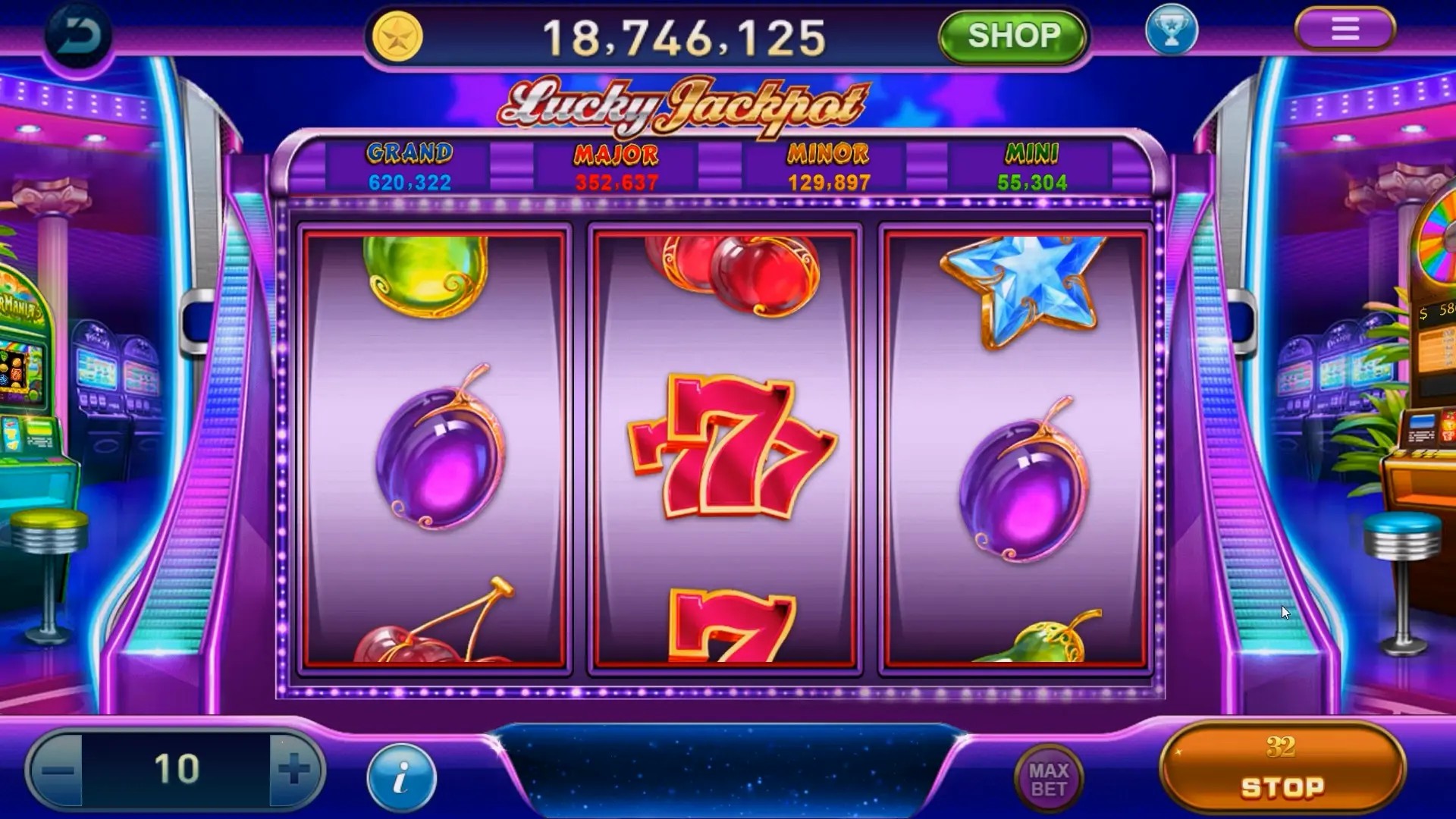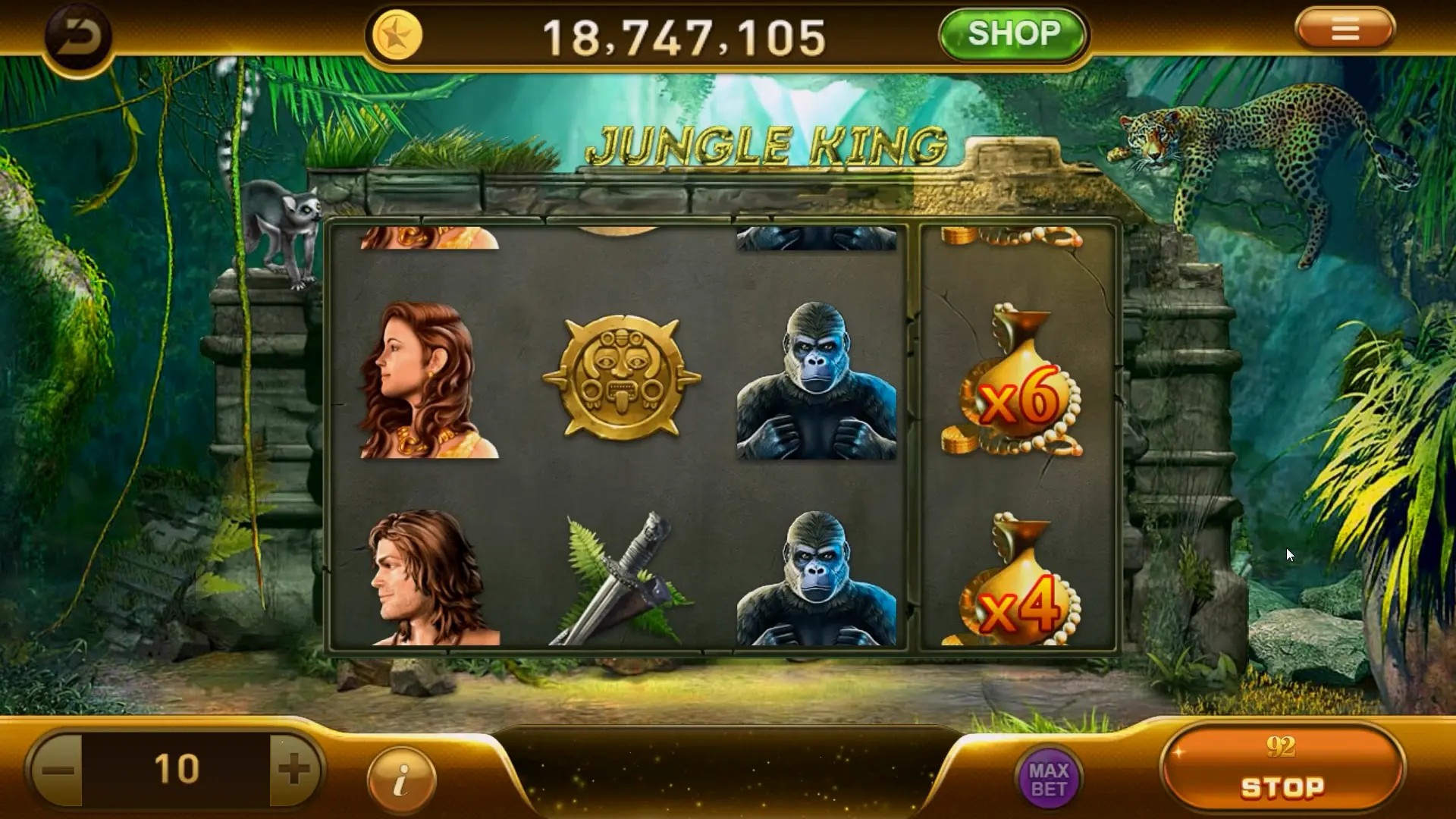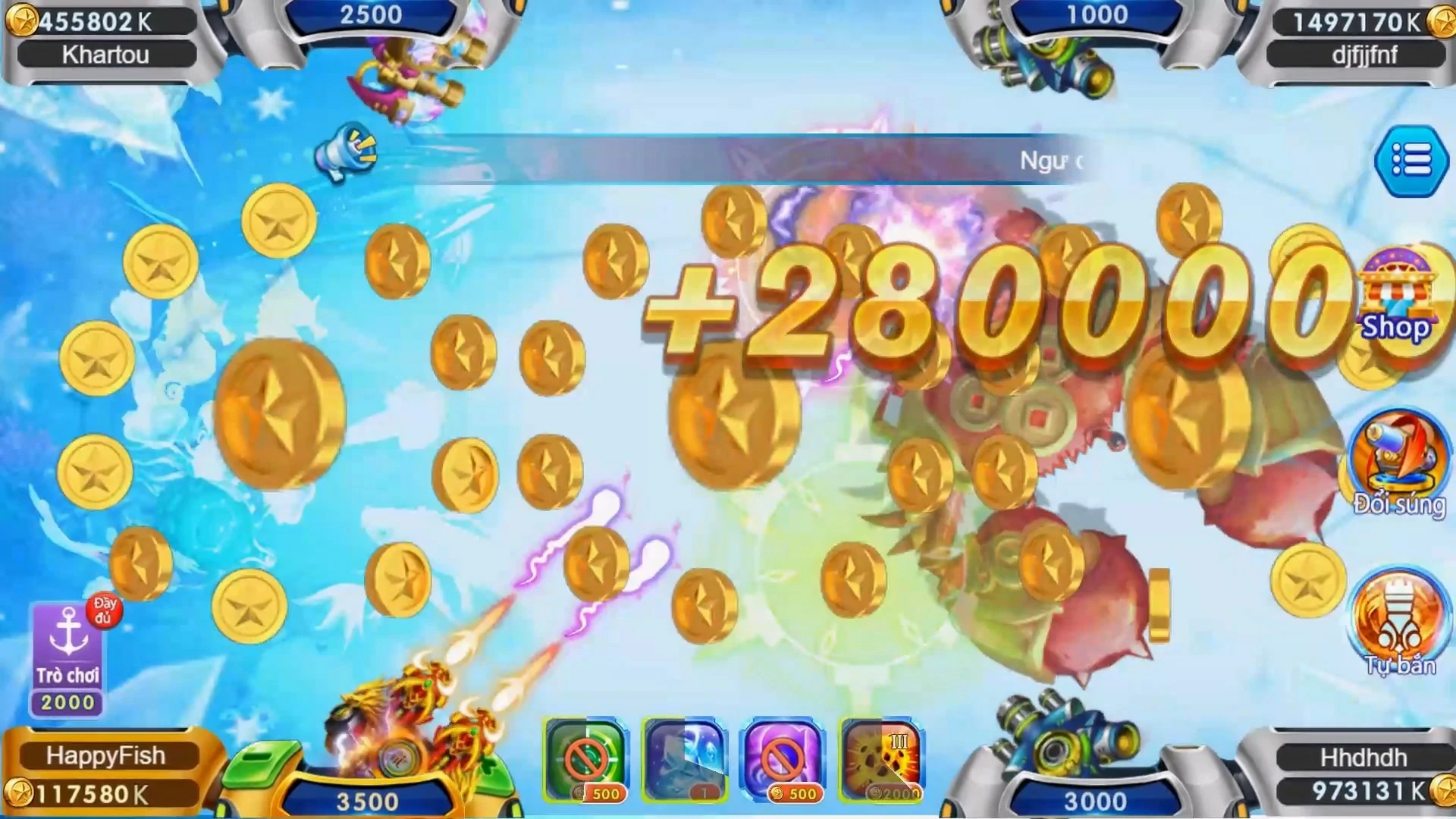Unlocking Learning: How Creative Games Transform Education into Fun Experiences
Education has never been just about textbooks and lectures; it's about engagement, curiosity, and the joy of learning. In today's fast-paced world, innovative and creative games are an emerging trend that’s reshaping traditional teaching methodologies. This article dives into how these games can revolutionize education, sparking joy and enthusiasm, especially in settings like classrooms and online platforms.
The Rise of Educational Games
With the rise of technology, educational games are capturing the attention of both educators and students alike. These games are designed not only to entertain but also to educate, making learning more interactive and enjoyable. Let's look at some facts:
| Fact | Details |
|---|---|
| A. Improved Engagement | 98% of educators noticed higher engagement rates when using games in lessons. |
| B. Better Retention | Games can help improve knowledge retention by up to 80% compared to traditional methods. |
| C. Versatile Learning Styles | Games cater to various learning styles, from visual to kinesthetic learners. |
How Creative Games Make Learning Fun
Imagine a classroom where students eagerly anticipate lessons because they're incorporating games. This scenario isn't just a dream; it's becoming a reality. By introducing creative games, we can turn mundane subjects into exciting adventures. Here’s how:
- Active Participation: Games encourage students to actively participate rather than passively absorb information.
- Collaboration: Many games promote teamwork, fostering social skills alongside academic ones.
- Instant Feedback: Gamified learning provides instant feedback, allowing students to gauge their understanding immediately.
Examples of Creative Games in Education
There are countless examples of creative games that have hit the education scene like a storm. In the world of online learning, EA Sports FC 24 Online is especially noteworthy. Here's how it benefits students:
- Strategic Thinking: Players must think critically to succeed, applying strategies in both the game and real-world scenarios.
- Global Awareness: Engaging with global players fosters a sense of community and understanding of diverse cultures.
- Reflex Improvement: Quick decision-making and reflexes become better, which translates to academic settings.
How Long Does Sweet Potato Go in Oven? A Learning Analogy
Speaking of learning through creative methods, let’s use a cooking analogy to break it down. Just as knowing how long does sweet potato go in oven is crucial for a delicious meal, knowing how much time to spend on each educational game can ensure maximum effectiveness. The perfect cooking time might be 45-60 minutes at 400°F for sweet potatoes, but the key is any learning game should also have a structured time frame to keep students engaged without fatigue.
Challenges and Solutions in Implementing Educational Games
Despite the immense benefits, many educators face challenges when integrating games into their curriculum. Common issues include:
- Resource Availability: Not all schools have the budget for premium educational game subscriptions.
- Training Needs: Teachers often require training to effectively integrate games into their teaching.
- Balancing Curriculum: There’s a concern about balancing game time with other academic responsibilities.
To tackle these issues, educators can:
- Utilize free resources and open-source games available online.
- Participate in professional development workshops focused on gamification.
- Develop a balanced lesson plan that incorporates gaming but adheres to learning objectives.
Conclusion: The Future of Learning is Playful
The landscape of education is shifting. Embracing creative games within classrooms not only enhances learning outcomes but also makes the entire process more enjoyable. It engages students, fosters a sense of community, and allows for creative exploration in their learning journey. As we can see, when education meets play, the possibilities are endless, paving a delightful path for future generations of learners.



